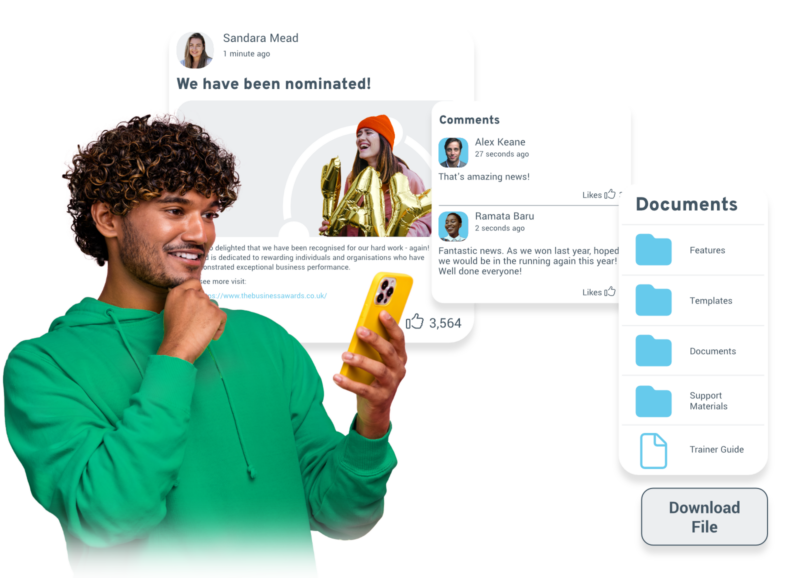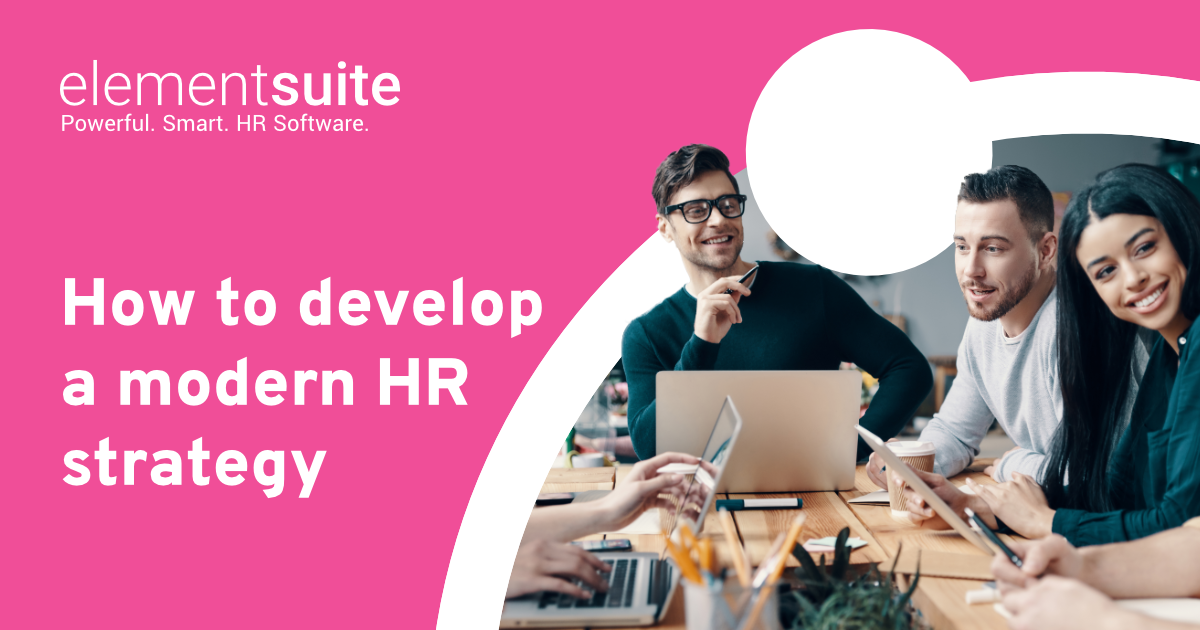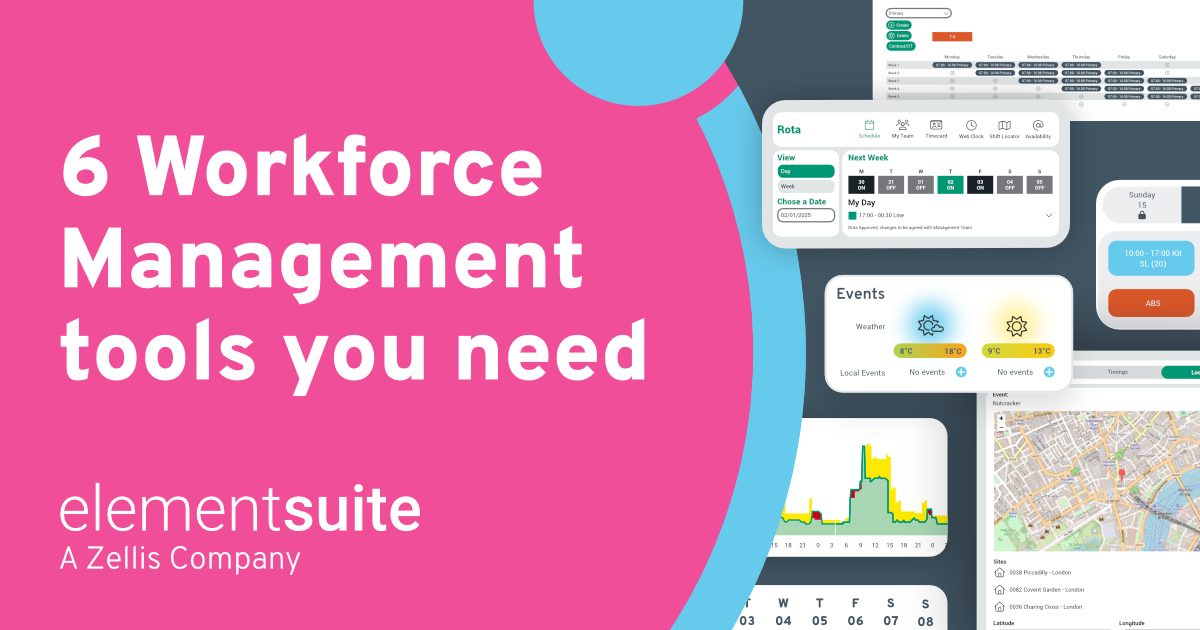Throughout your career in HR, have you ever witnessed a time like today when change is the only constant? Traditional HR practices and strategies that once worked effectively are now outdated. They don’t align with technological advancements or resonate with the younger generations entering the workplace.
These shifts, however, are not just peripheral changes. They are central to how businesses must strategise to thrive. As such, research from Accenture depicts that 89% of CEOs believe HR should play a pivotal role in guiding the business through these changes. Yet, intriguingly, the same research indicates that only a fraction, about 29% of Chief Human Resources Officers (CHROs), are currently playing that central role.
If we want to be the strategic business partners that our organisation needs, and if we want to demonstrate our value to the board, then we need to develop modern HR strategies that align with current business objectives and future goals. So, let’s dive into the key steps to developing a modern HR strategy.
7 steps to developing a modern HR strategy in 2024
1. Define your organisation’s goals and objectives
First things first, your HR strategy needs to align with your organisation’s overall goals and objectives. Here, you want to consider your short-term business objectives and long-term organisational goals.
Are you looking to expand globally, increase market share, or undergo a digital transformation?
The answers will help shape your HR strategy and focus on where HR can add value to ensure the resources needed align with the company’s abilities to deliver on its goals.
2. Assess the current state of HR within your organisation
Once you have defined your organisation’s goals and objectives, it’s time to closely examine your current HR practices and processes. What is and isn’t currently serving you, and what needs to change?
This assessment should include a review of your current HR metrics benchmarked against industry standards, as well as the operational efficiency of your current practices and processes. You also want to evaluate the organisational culture and state of employee engagement.
It is here that you can holistically understand whether your current processes are in alignment with your long-term objectives.
3. Align HR goals with overall business objectives
Aligning HR goals with the overarching business objectives is paramount to the success of any modern organisation. However, to do this, HR leaders must thoroughly understand the business strategy, the competitive landscape, and the challenges the organisation faces.
In the first step, we discussed defining your organisation’s business objectives and organisational goals. Now, it’s time to identify how HR can contribute towards achieving them. For example, if a company aims to expand globally, HR can play a vital role by developing strategies for international recruitment and talent management.
For this to be effective, collaboration with management is essential. HR leaders must communicate their understanding of the company objectives and how HR can support them. They must work in tandem with other departments to ensure that HR initiatives are aligned and contribute to achieving the overall business objectives.
More importantly, HR leaders must demonstrate the value and impact of their strategies in achieving the organisation’s goals. This should involve analysing data, identifying gaps and formulating HR objectives that align with the overall business objectives.

4. Understand the needs of your employees
There is a common misconception among employees that HR is only there to serve the business, not the employees. Yes, we are here to serve the company, but we also exist to ensure the well-being and satisfaction of employees. It’s about finding that balance between the business’s and employees’ needs.
Say, for instance, the organisation’s goal is to increase sales by 20%. As an HR leader, your goal is to identify areas and strategies that will help improve the productivity and effectiveness of your human capital.
You could consider developing new upskilling and re-skilling programs. This is especially important in the age of AI, where the skills required in the workforce are rapidly changing to work alongside AI. Whether it be hard skills such as algorithmic and data analysis skills or soft skills such as change management or emotional intelligence, it’s HR’s responsibility to ensure that employees have the resources to continuously develop and grow.
You may also want to investigate employee satisfaction and what benefits and working environments they value the most. This information can help you create a more employee-centric HR strategy that addresses their needs and motivates them to perform at their best.
Finally, it’s important to remember that HR is not just about policies or processes; it’s also about the employee experience. A positive employee experience can lead to higher engagement and retention rates, and focus groups can help identify employees’ needs and expectations. At the end of the day, going in blind will only lead to implementing strategies that are not aligned with employee needs, resulting in disengagement and poor performance. They simply will not work. Therefore, understanding and incorporating employee needs into your HR strategy should not be overlooked.
5. Conduct surveys and feedback sessions to gather employee input
So, how do you conduct those employee surveys and feedback sessions? And what do you do with that data once you have it?
The main goal here is to gather employee input on their needs, concerns and expectations. This can be done through employee surveys, focus groups, or one-on-one feedback sessions. When gathering this feedback, focus on the specific problem you are trying to solve. For example, if you want to gauge employee sentiment on a new performance review system, ask specific questions related to that.
Once you have gathered the data, it’s time to analyse and interpret it. Your HR software can be helpful in this regard, providing data visualisation and analysis to help identify patterns and trends. This data can then be used to inform your HR strategy and make changes that align with employee needs.
6. Identify key areas for improvement based on employee feedback
After analysing the data, you should have a clear understanding of areas that need improvement based on employee feedback. Now, it’s time to develop targeted strategies to address these areas. This could involve implementing new policies, offering new training programs, or revising current processes to better align with employee needs.
Again – without sounding like a broken record – it is important to always involve employees in this process, regularly communicating and soliciting a positive feedback loop to ensure that the strategies implemented are effective and well-received.
7. Create a positive employee experience
Finally, it’s important to remember that HR is not just about policies or processes; it’s also about the employee experience. A positive employee experience can lead to higher engagement, retention rates, and overall job satisfaction.
This can include flexible work arrangements, offering opportunities for professional development and growth, providing a supportive work environment, developing a strong employer brand, implementing effective recruitment and onboarding processes, and fostering a culture of inclusivity and diversity. All of these elements contribute to creating a positive employee experience, which should be at the forefront of any HR strategy.
In conclusion, aligning HR goals with overall business objectives, understanding employee needs and concerns, and continuously gathering feedback are critical components in developing an effective HR strategy. By incorporating these elements into your approach, you can help drive the success of your organisation, ultimately leading to a more engaged and satisfied workforce.
How can elementsuite help?
elementsuite is an all-in-one HR management platform designed to streamline HR processes, improve workforce productivity, and enhance employee engagement. With key features like comprehensive HR management, an employee self-service portal, real-time analytics, and seamless integration with other systems, elementsuite provides the tools necessary for organisations to implement a modern HR strategy effectively.
With elementsuite’s AI assistant, ELLA, you can improve efficiency significantly with just a few simple prompts.
In short, elementsuite can help you align your HR strategy with business objectives, understand employee needs and concerns, and continuously gather feedback to drive success in your organisation.
Request a demo today and see how elementsuite can help you develop an effective HR strategy that supports the success of your business and employees.





